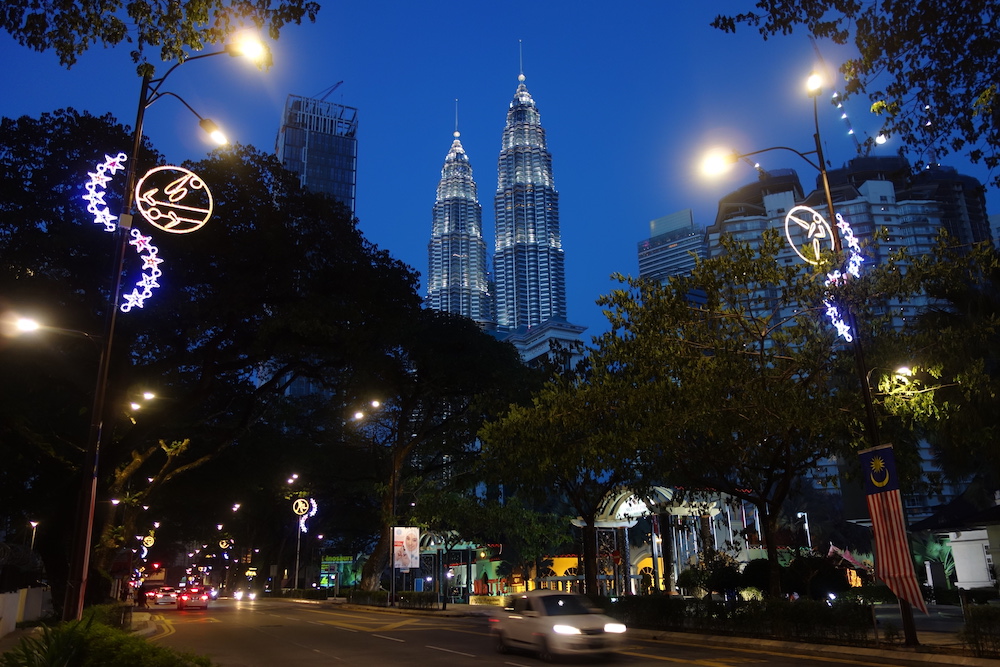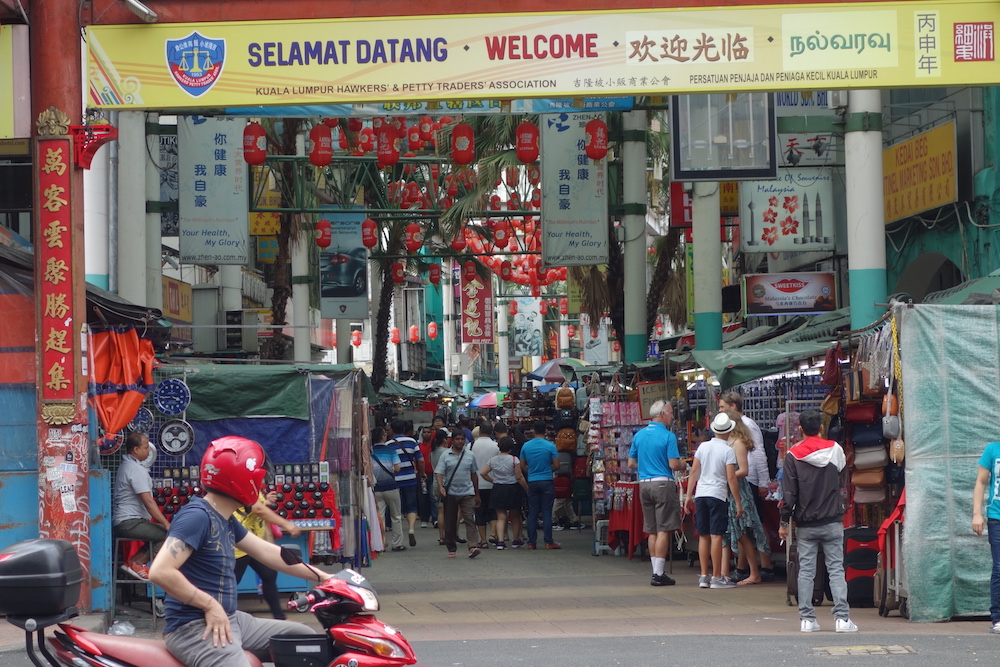Kuala Lumpur, Malaysia
After Canggu, we were still wanted more time in Bali, but for visa reasons we had to exit Indonesia before coming back. We chose Kuala Lumpur, Malaysia for a 1-week getaway, which was the cheapest place to fly from Denpasar. (Also, after leaving Indonesia in October, we spent another week in Kuala Lumpur before going north to Penang).

Kuala Lumpur (or just “KL”) really felt like the hub of lower Southeast Asia. More developed and greater infrastructure than I imagine in Jakarta, but also with a very vibrant and visible mix of cultures. The city, like Malaysia as a whole, has a long history of migration (pre-colonial, colonial and modern) from throughout Asia: South Asian, East Asian, Minangkabau (West Sumatra), Borneo and many other places as well as “indigenous” groups. Religious sites and practices are on full display, from Buddhist and Hindu temples to the calls-to-prayer from mosques. Due to its wealth and infrastructure, Kuala Lumpur continues to attract people for study or work.
We attended a dance exhibition for tourists (at the Malaysia Tourism Centre) featuring dances from the different cultures of Malaysia… Indian, Chinese, Borneo, Sarawak, Portuguese, etc. The finale ended with a song/dance with lyrics “Malaysia… the essence of Asia, the true Asia—“. The finale dance itself was a fusion of different modern and traditional influences.
The refrain, despite being a ridiculous statement, nevertheless struck me as somewhat true. Indonesia, like Malaysia, is an aggregation of many regional cultures. Malaysia, and especially KL at the heart, is the more compact form. I wonder how will this compare to other places we will see?
 Petronas Towers (ie. KL Twin Towers)
Petronas Towers (ie. KL Twin Towers)
We stayed in a large high rise (reasonable Airbnb) a few blocks from the famous buildings: KL Tower (looks like Seattle space needle or Tokyo’s Sky Tree); and KL twin towers, the tallest building in the world once upon a time. High rises were everywhere, but there are still pockets of neighborhoods with small houses that have so far survived the development.
We used Uber a lot in KL, as do many locals. There seemed to be a hundred or so Uber drivers idling outside the airport waiting for their phones to chime. In the city center, we made good used of the free hop-on/hop-off buses (though the bus service map was a confusing failure in design). KL, despite being a large developed metropolis, is still part of Southeast Asia, so it’s really not pedestrian-friendly, and sometimes you feel like you need to hail an Uber just to cross a busy street with no pedestrian crossing.
Compared to Indonesia, prices are little higher in Malaysia. But the Malaysian Ringgit (RM), is more manageable than the Indonesia Rupee (IDR). $1 = 4 RM, $1 = 13,000 IDR. We roamed around some big markets and streets, the highlight was Kampung Baru. Also people-watching in the Chinatown, Little India, Little Pakistan areas. Food was overflowing with flavor, and mostly good — the unremarkable ones were a result of poor choice of restaurants.
 A market street in Chinatown
A market street in Chinatown
But to save money we took advantage of our full kitchen to cook a lot. Buying groceries was a challenge without a car, and more challenging on my wallet than expected. Malls were everywhere, everywhere, everywhere. The most common reason for tourism is shopping. So if that is your thing, then you can fly across the world to shop at Gucci, or H&M, or Polo, etc.